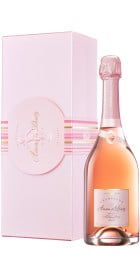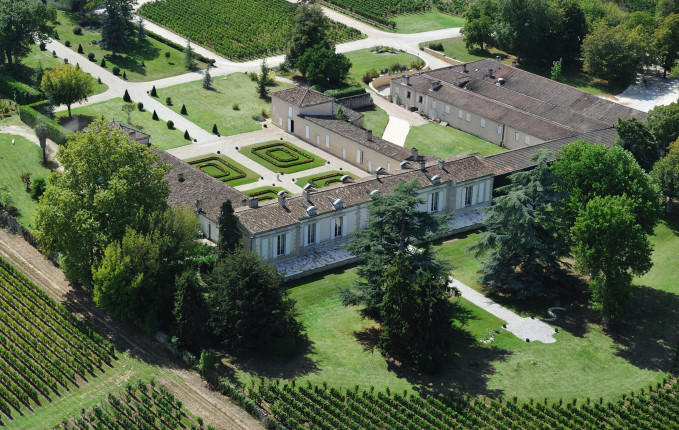
20€ coupon code for your first order by subscribing to our newsletter
Wine and spirits masterpieces to your doorstep
Free delivery from 300€ in Europe and from 1000 €/$ in USA

Secure packaging and transport insurance



Le Château Fombrauge is a fine reference from the Saint-Emilion vineyards. The origins of Domaine date back to the 16th century, when the first harvests were carried out here. It passed through several hands over the following centuries, from religious orders to large families, before being acquired in 1999 by Bordeaux businessman Bernard Magrez, nicknamed "the man with 40 vineyards".
The latter will help to elevate it to the rank of the great wines of Rive droite, combining ancestral know-how and precision viticulture.
The Château Fombrauge will be named Grand Cru Classé at the 6th edition of the Saint-Emilion classification in 2012, a status that will confirm its qualitative excellence.
The Château Fombrauge is based on a 60-hectare vineyard planted on clay-limestone soils. The grape varieties are 80% Merlot and 20% Cabernet franc. The wines are aged for 16 months in French oak barrels, 40% of which are new.
The Château Fombrauge illustrates one of the finest expressions of Saint-Emilion, thanks to fruity, silky, elegant wines of great freshness.
Six centuries of history. Château Fombrauge embodies the elegance of the Grands Crus Classés of Saint Emilion.
The estate benefits from an exceptional terroir bringing refinement, complexity and distinction to its wines. The wine of Château Fombrauge is aged using traditional methods, combined with innovative, environmentally friendly practices that provide charm and complexity.
The 2022 vintage: a window to the future. Will the 2022 vintage be remembered as an indication of what is in store for Bordeaux in the years to come? With 22 days of frost, the winter of 2022 was the coldest of this decade.
The winter season ended in April with frost, while budburst occurred only three days earlier than usual, following a milder spell during the last week of March.
Exceptionally warm and dry weather then set in prematurely for the season.
Summer was marked by three successive heatwaves, with temperatures neighbouring 40 °C no fewer than 26 times, and a water deficit reaching 130 mm – a record for the Bordeaux region.
Storm rainfall from 20 to 30 June proved to be crucial for the growing season, allowing the vines to start their ripening process without any major water stress on our terroirs.
Maturation continued throughout the month of August in high, yet not extreme temperatures, leading to an early harvest of grapes that had reached exceptional levels of ripeness, and displayed remarkable aromatic freshness